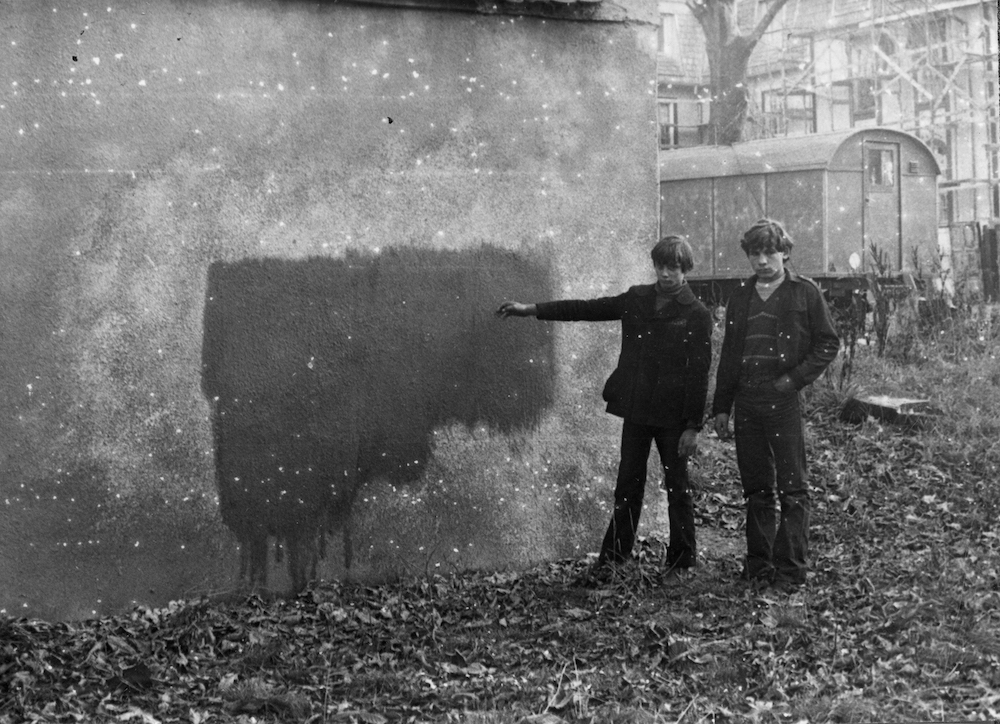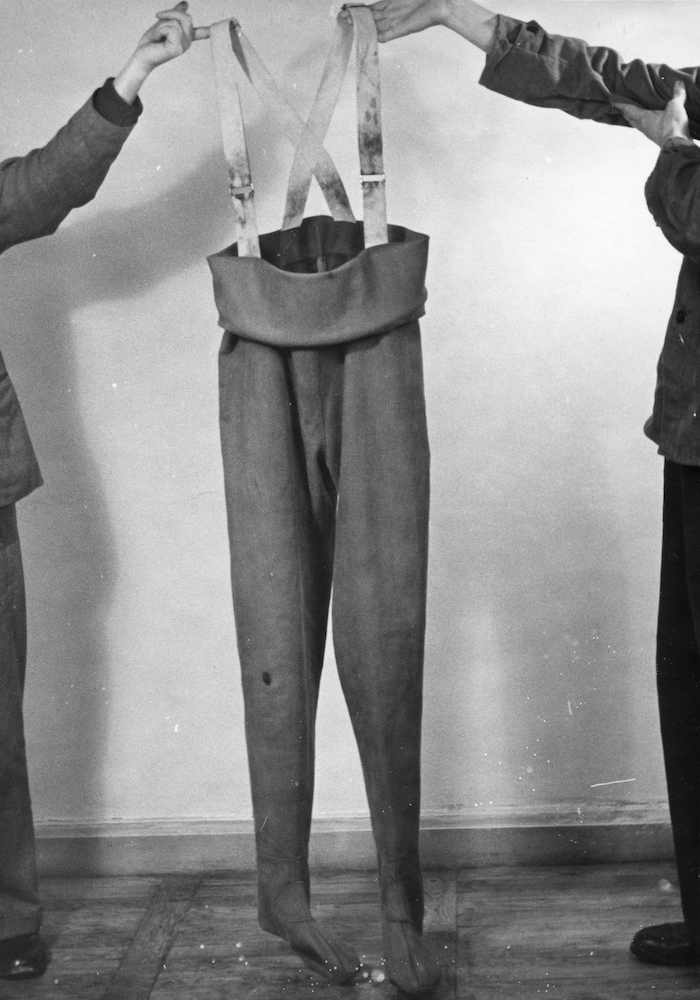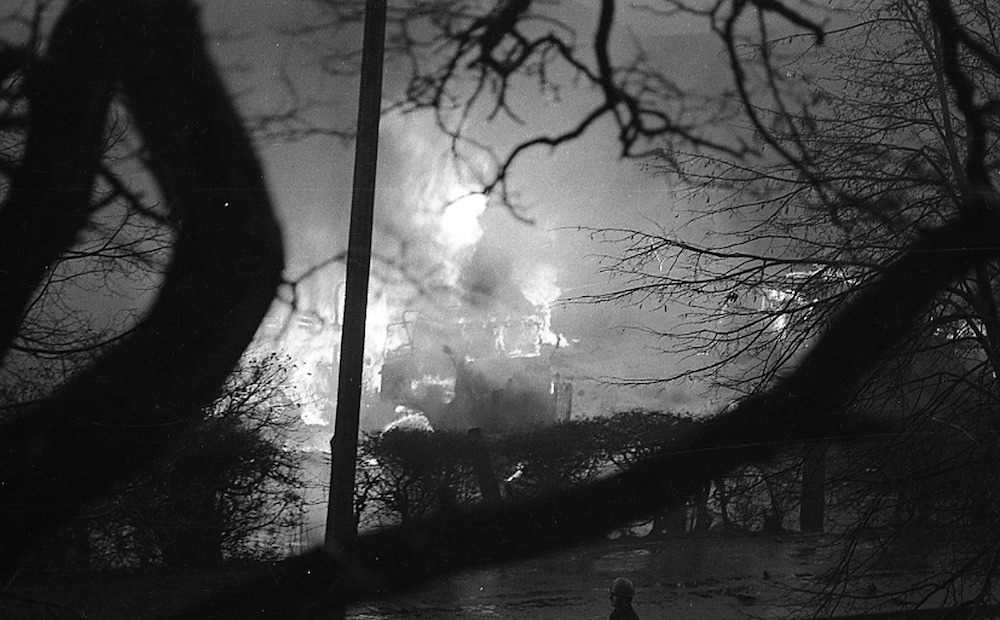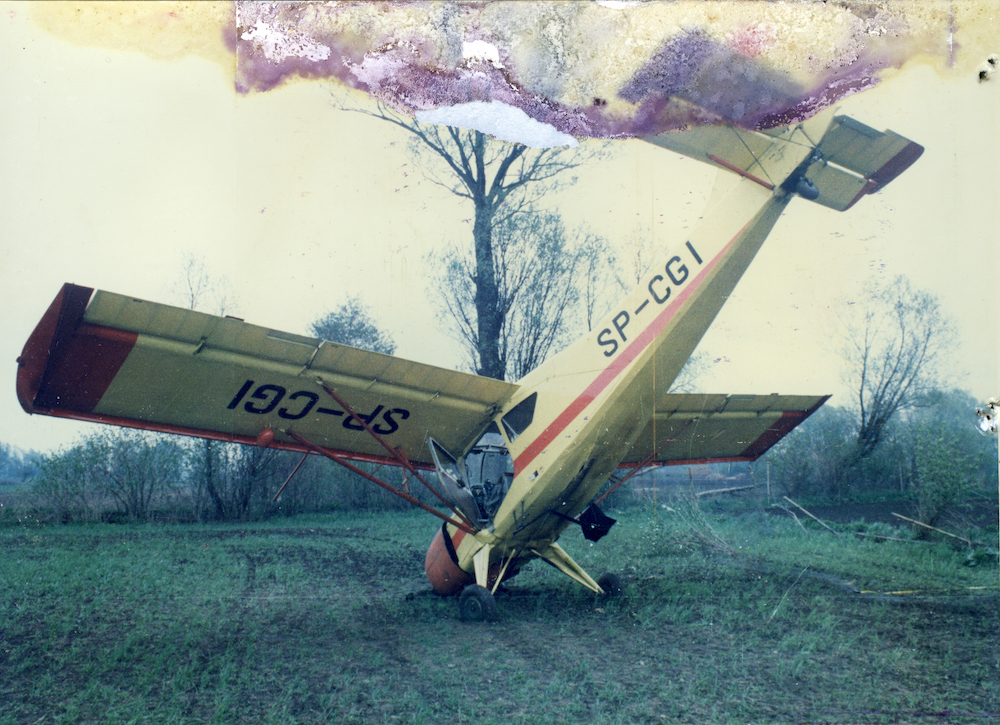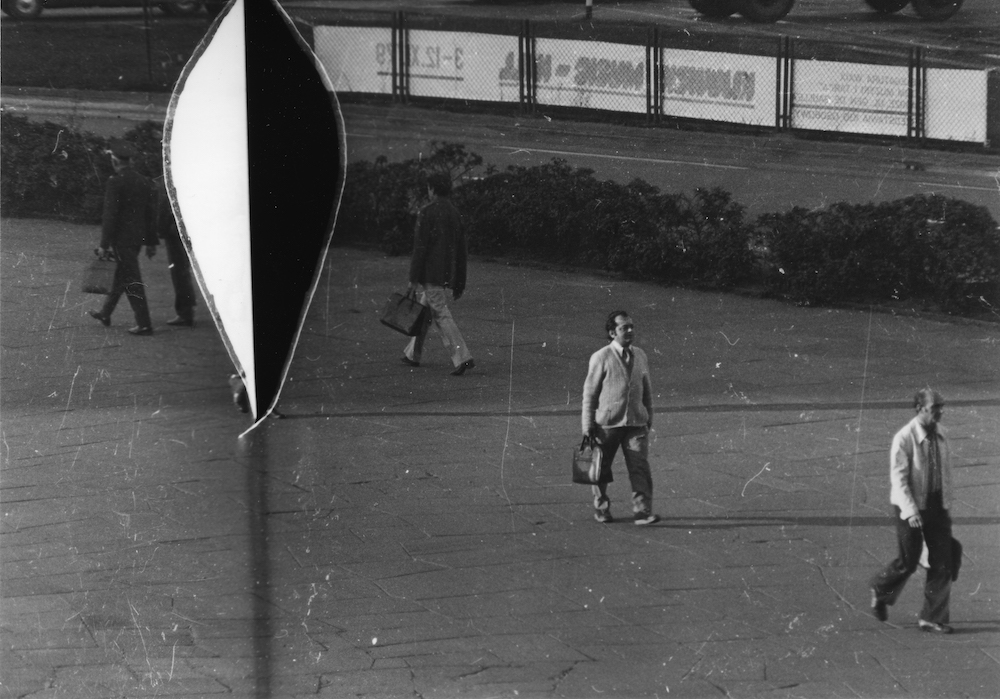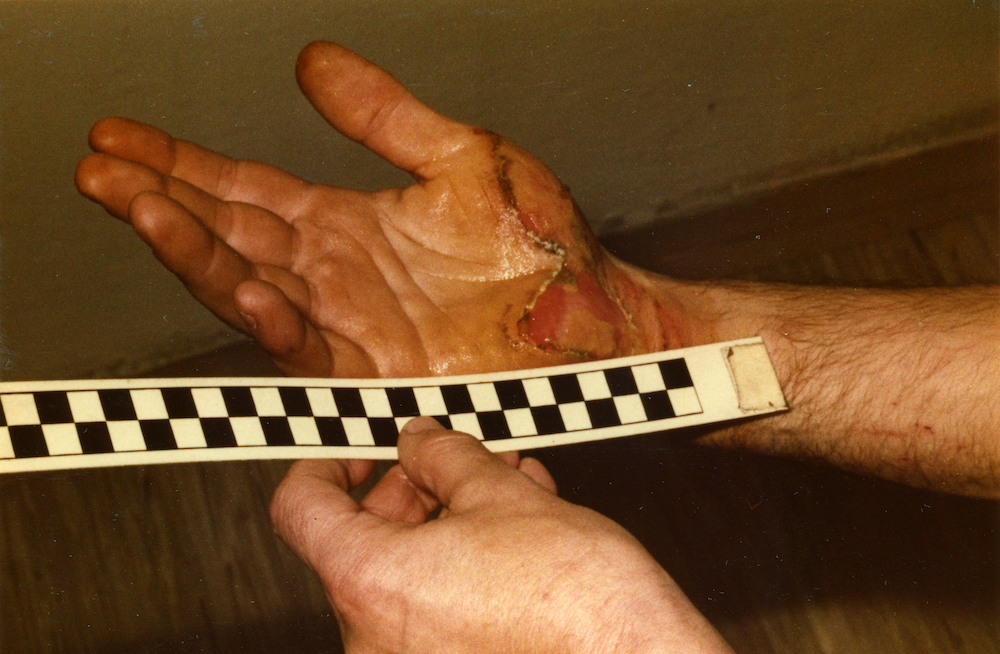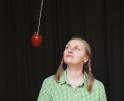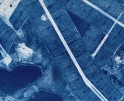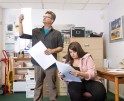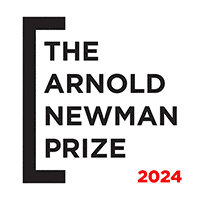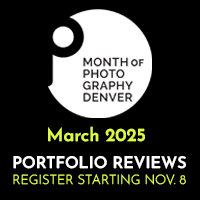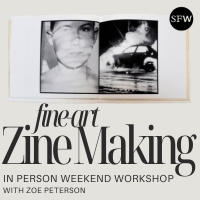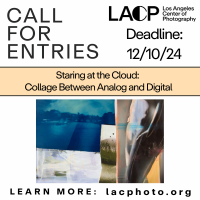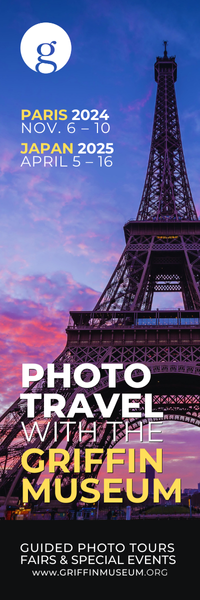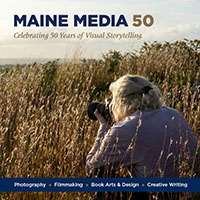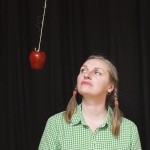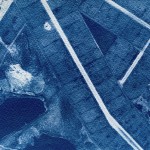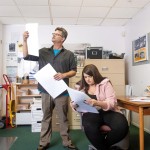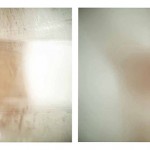Beata Bartecka & Łukasz Rusznica: How to Look Natural in Photos
In How To Look Natural in Photos, a new monograph published by Palm* Studios & Ośrodek Postaw Twórczych Wroclaw, and curated by Beata Bartecka & Łukasz Rusznica, the individual photographers remain anonymous. The volume assembles photographs from the archives of the Polish secret police that document the governmental use of the medium as a tool of manipulation, control, and violence. This edited collection of haunting photographs from the national archive comprise a condensed log of various investigations, interrogations, and surveillance operations that took place between 1944-1989. Lacking the traditional markings of individual authorship, the images operated as a covert governmental archive, with the totalitarian state as their commissioner, author, and audience.
Many of the secret police who captured these “reconnaissance photographs” were novices, learning how to operate the state-provided cameras while covertly monitoring their subjects. The surreptitious nature of the images resulted in an array of disembodied and unconventional compositions that cast their subjects as specimens. Mugshots, burned out cars, thumbprints, plane crashes, protests, and briefcases all form part of this archive of surveillance. These thoughtfully selected and sequenced stills illustrate the human consequences of the totalitarian system.
How to Look Natural in Photos
How to Look Natural in Photos is a book about a totalitarian system which uses photography for its purposes. It includes reflections on the mechanism and relationships connected with looking and photographing, observing and being observed, describing and being described. Violence begins in the nervous system, from an impulse that runs through the body and makes someone press the shutter. It ends in an archive, the place where information and images are stored. This basis reveals who interprets the collected data, and consequently – who controls the facts. The book also tells a story of spies, agents, guards, AI algorithm programmers, surveillance subjects, suspects, archivists, convicts and accidentally photographed passers-by. They interact on various levels, all comprising one huge machine, inordinate and dispersed.
All the photos in the book come from the archive of the Institute of National Remembrance – Commission for the Prosecution of Crimes against the Polish Nation (IPN), which investigates the history of Poland between the early 20th century and the fall of the totalitarian system. The book contains descriptions of photographs based on archival notes, and an essay written by Tomasz Stempowski, historian and archivist.
The authors of How to Look Natural in Photos are Beata Bartecka and Łukasz Rusznica, the project was prepared by Joanna Jopkiewicz (Grupa Projektor), and Krzysztof Krzysztofiak supervised the quality of the pictures. The publishers are the Creative Arts Centre (Ośrodek Postaw Twórczych) in Wrocław and Palm* Studios. Arctic Papers are partners of the publication.
“The photographs were not so much the product of particular agents as of the institution that was the security service as a whole. An institution which, through its internal regulations, procedures, and instructions, as well as its special programme for training in photography, determined the form and content of operational photographs.”
An essay titled “Pictures on Duty: Photographs from the Archives of the Polish Secret Police, 1944-1989” by historian and archivist Tomasz Stempowski complements the photographic selections. In it, Stempowski traces the historical significance of photography taken by the Polish Secret Police through rigorous archival research of his own. The essay provides further context for the particularities of the photographic archive. Also included in the latter section of the volume are archival descriptions of select photos. These official black and white entries replicate the aesthetics of a formal institutional log, emphasizing the provenance and purpose of this photographic genre.
Posts on Lenscratch may not be reproduced without the permission of the Lenscratch staff and the photographer.
Recommended
-
Photography Educator: Amy JorgensenNovember 15th, 2024
-
Kari Varner: Blueprints for Slaughter and GroundworkNovember 14th, 2024
-
Desert Forest: Life with Joshua TreesNovember 5th, 2024
-
New England Portfolio Review: Ann Hermes: Local NewsroomsOctober 24th, 2024
-
Realm of the Senses – La ValiseOctober 23rd, 2024




